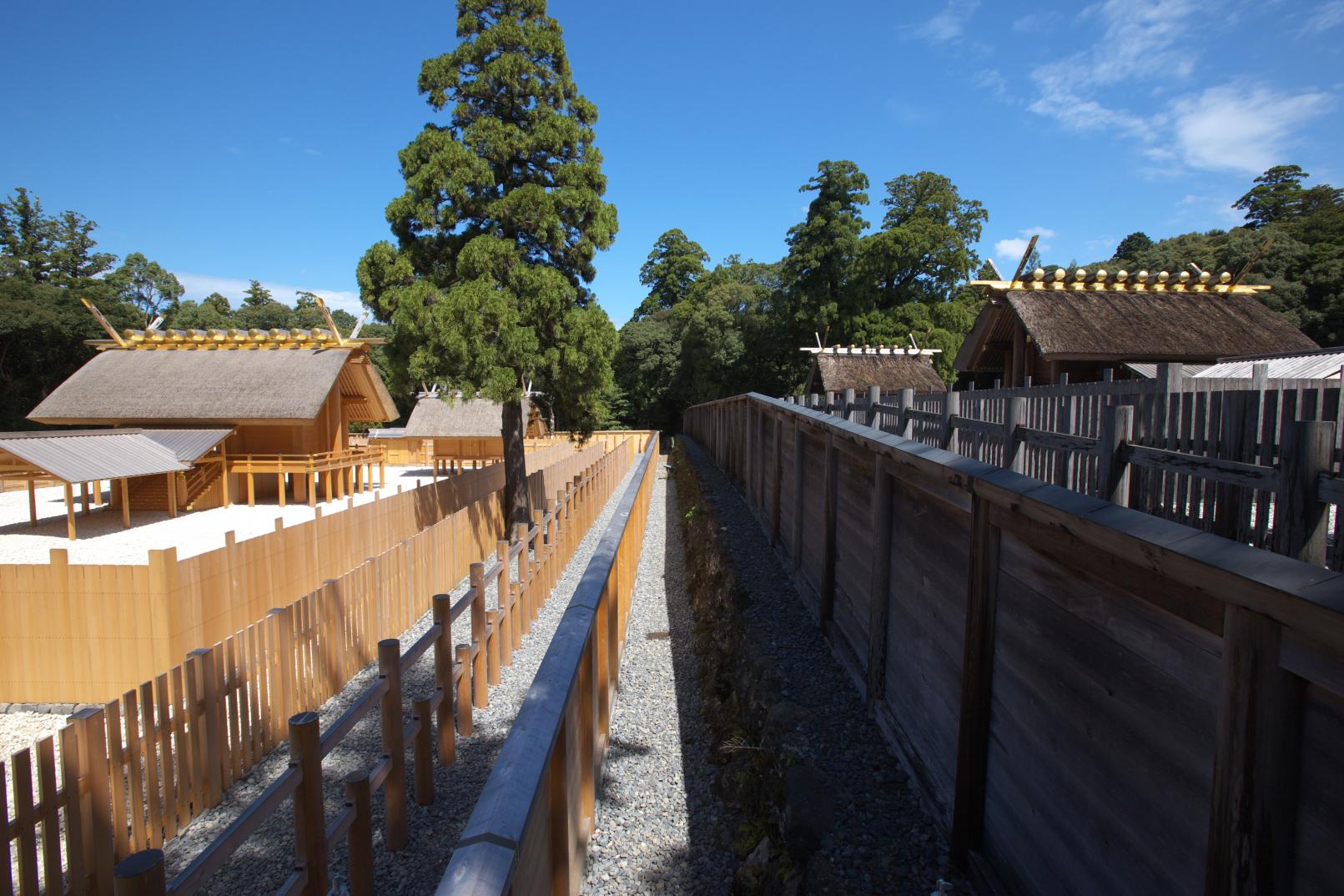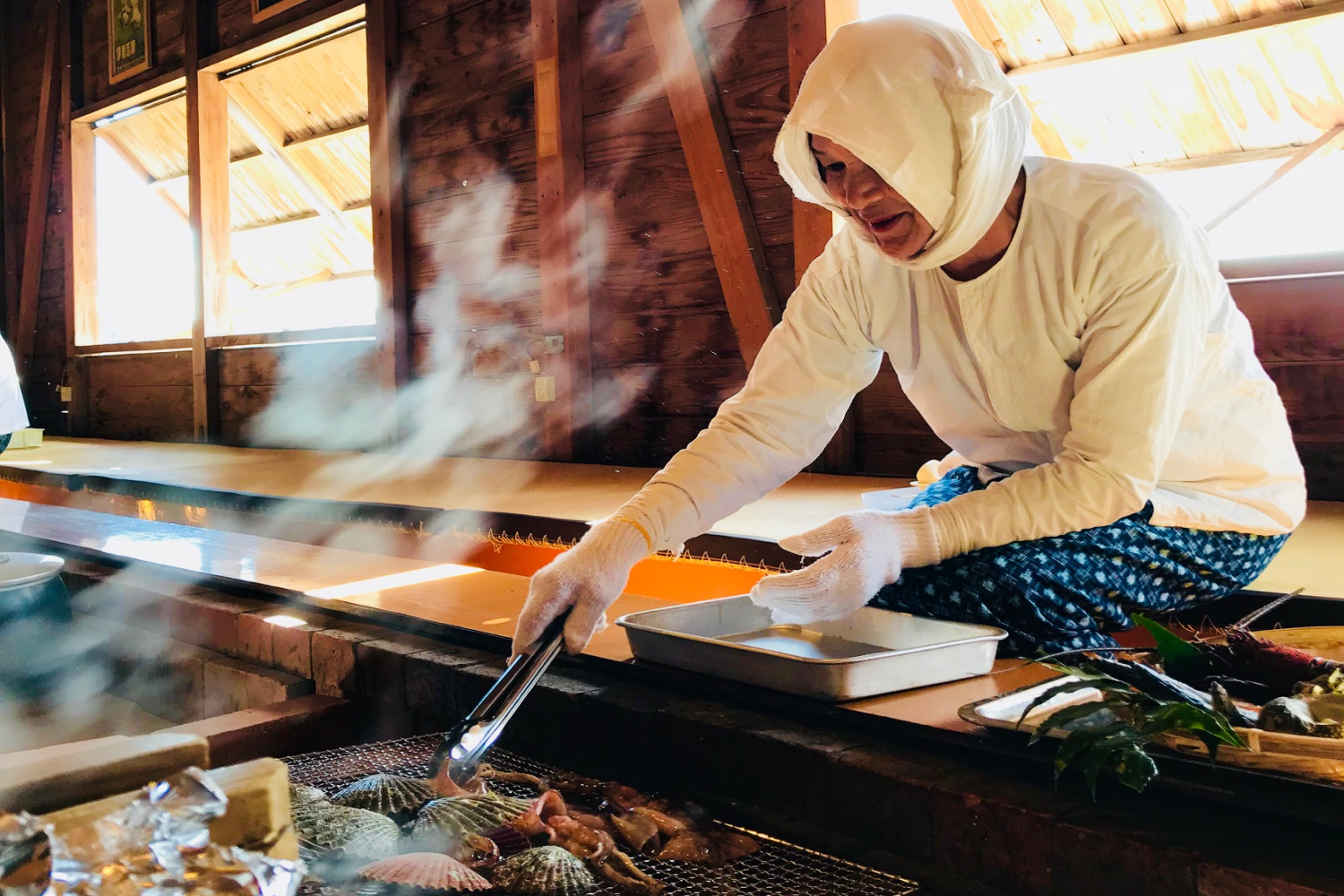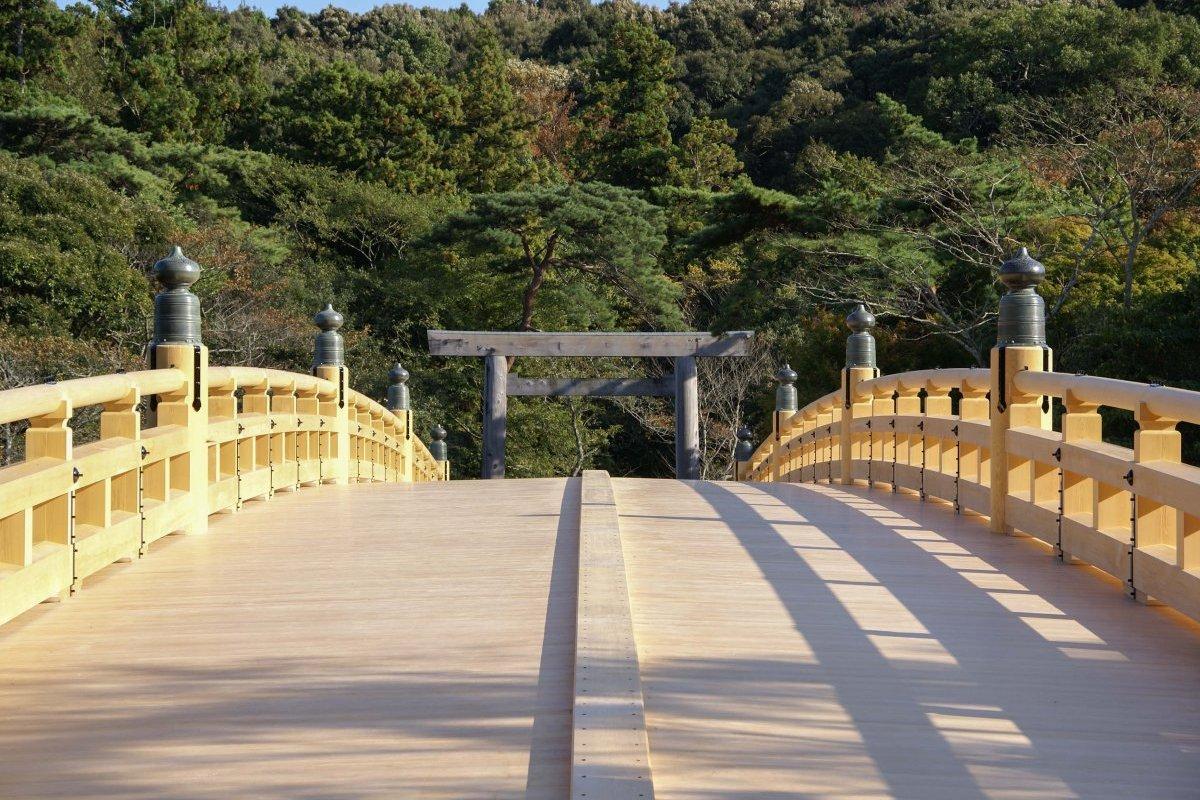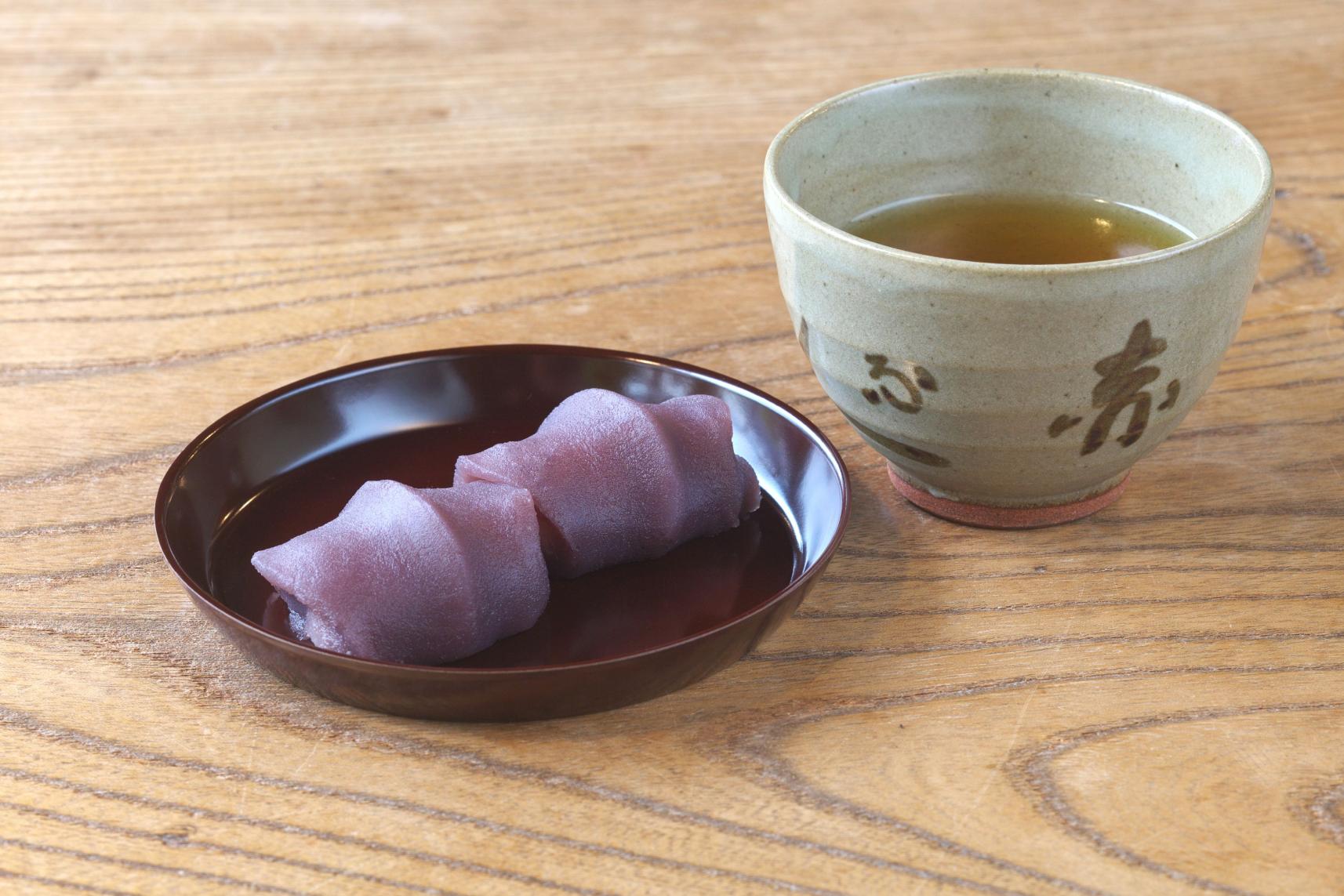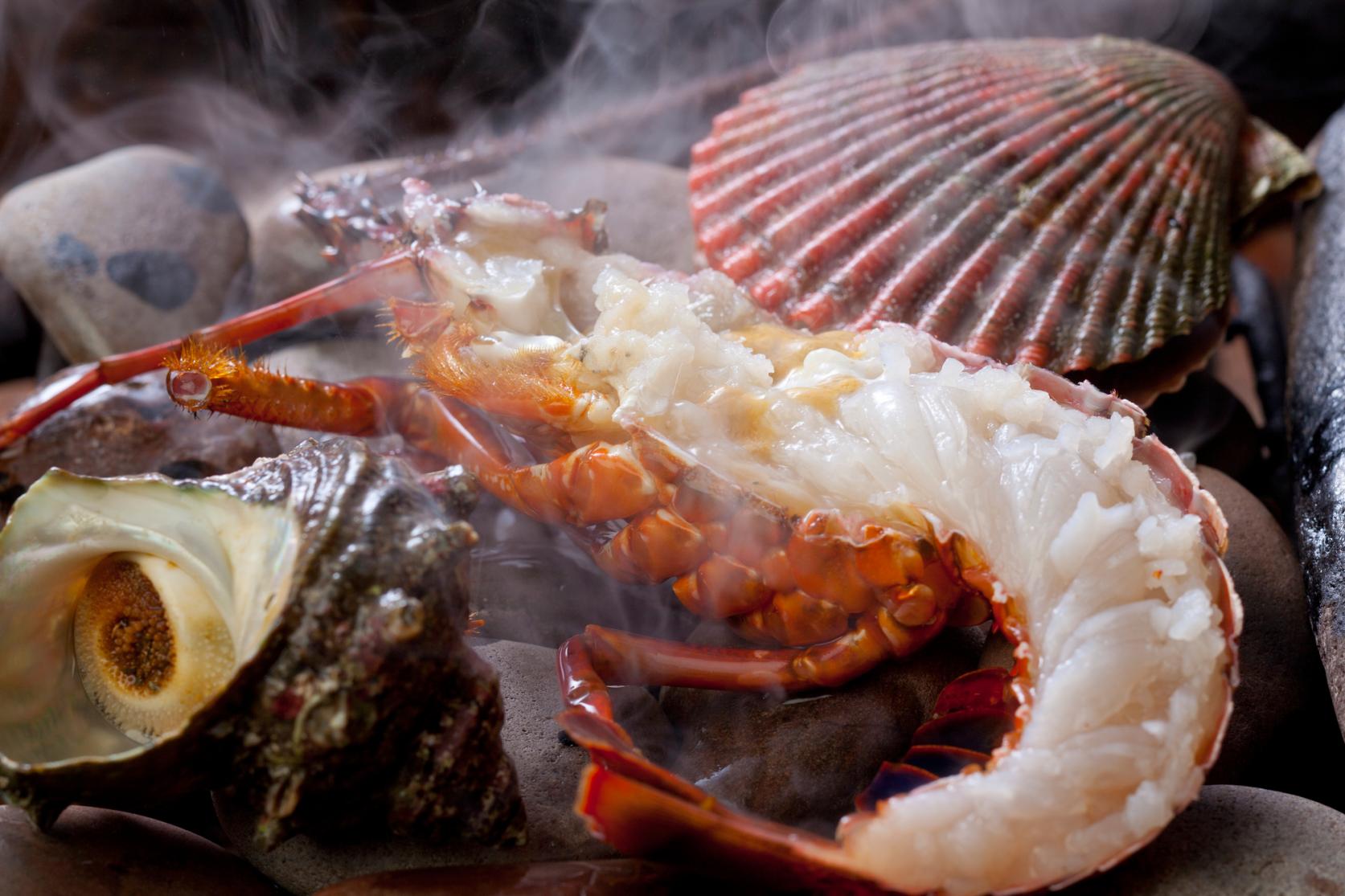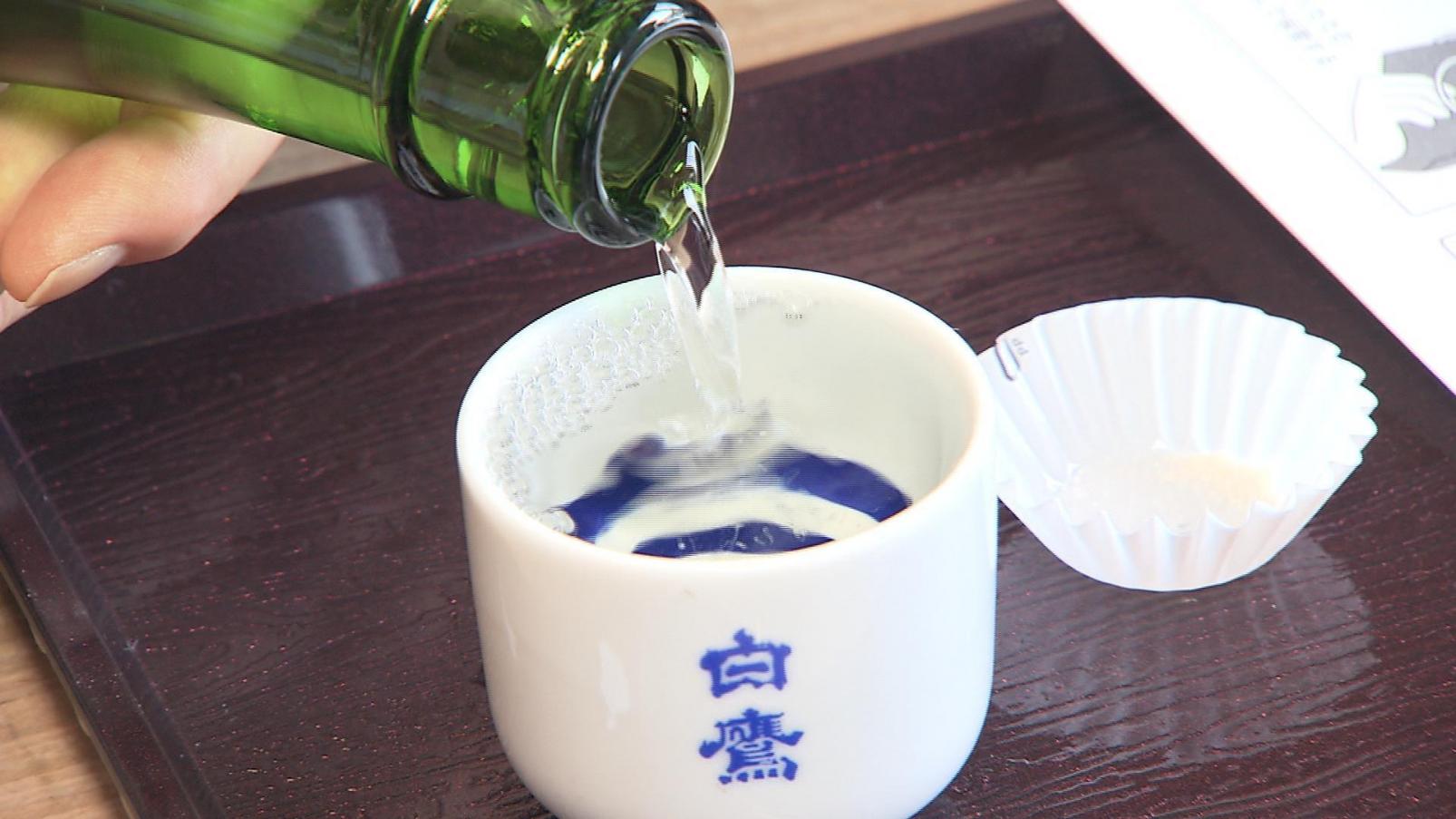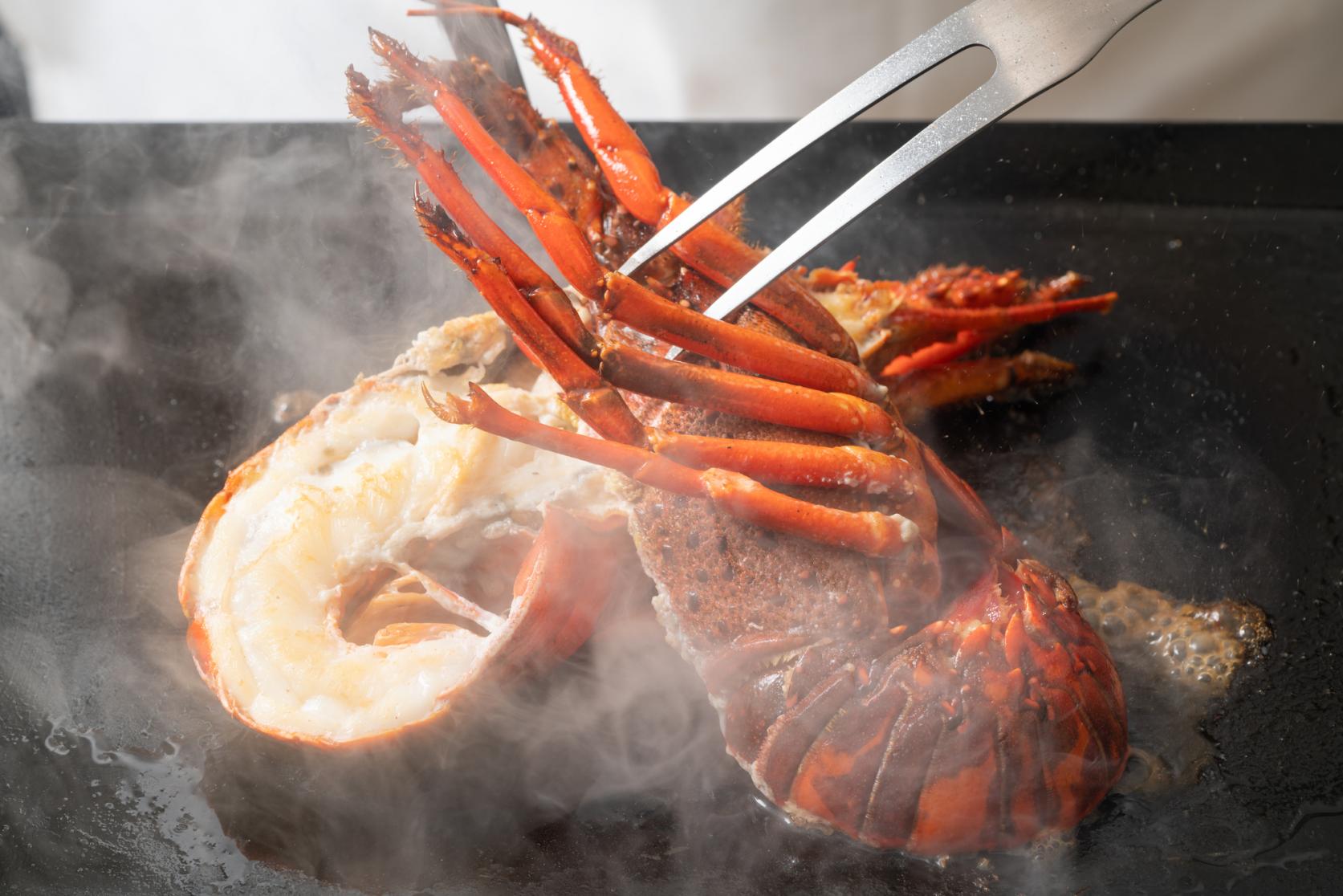
Menu Guide
Local dishes of Iseshima
-
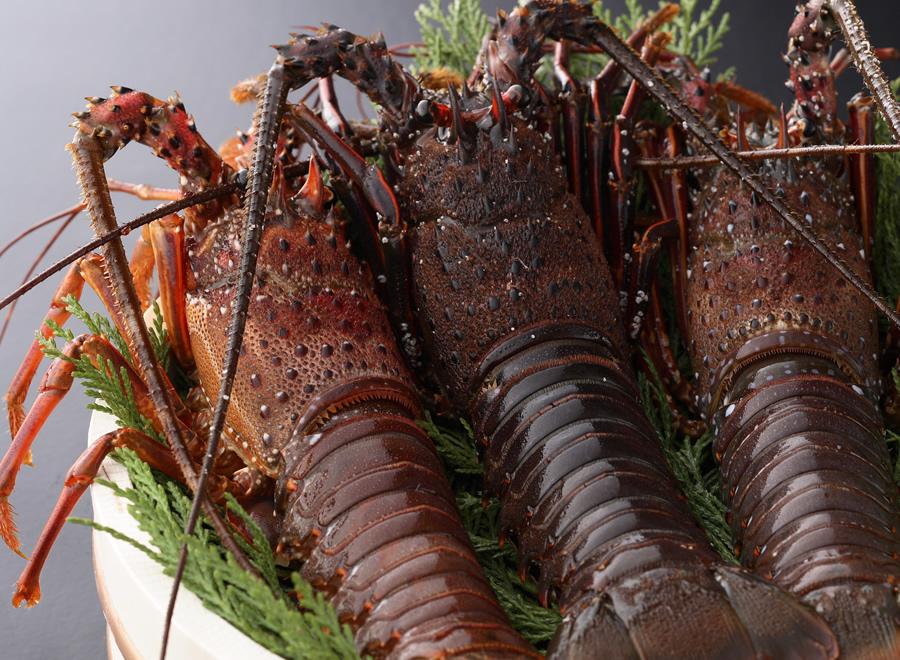
Spiny lobster
Whether boiled or grilled, fresh from the sea, the firm flesh of the Spiny lobster has a special sweetness. Keen gourmet lovers relish the uncooked, still-quivering meat served ikizukuri style.
-
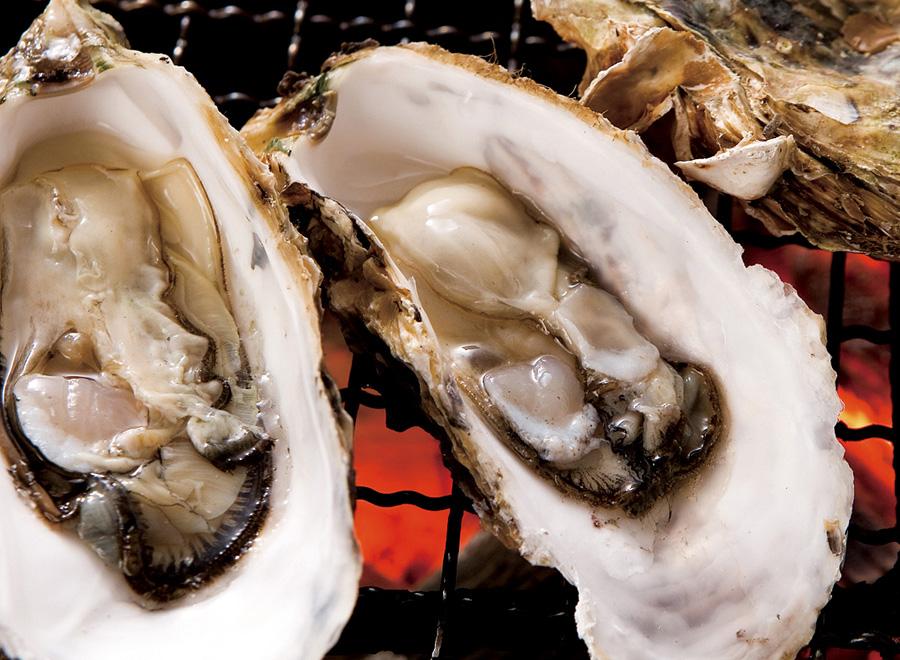
Oyster
Likened to "milk of the sea," the flavor of these large oysters is delicately fresh, smooth, and savory.
-
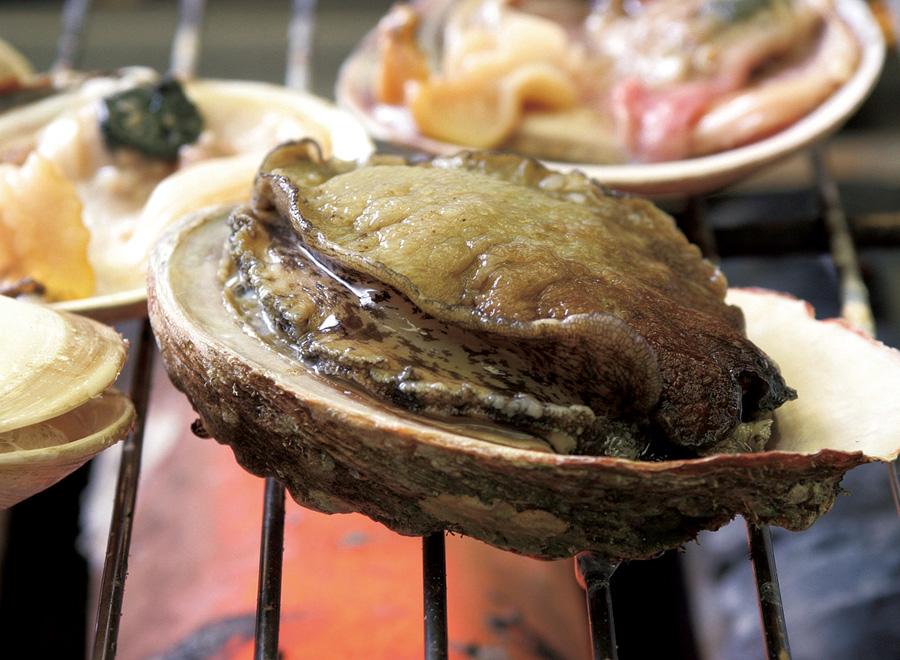
Abalone
You can enjoy the simple, delicious chewiness of abalone sliced raw as sashimi, or its yielding firmness when served steamed sugatamushi style. Only in Iseshima can you enjoy the unforgettable delight of abalone steaks, where the abalone is prepared so that its umami gradually spreads throughout your mouth.
-
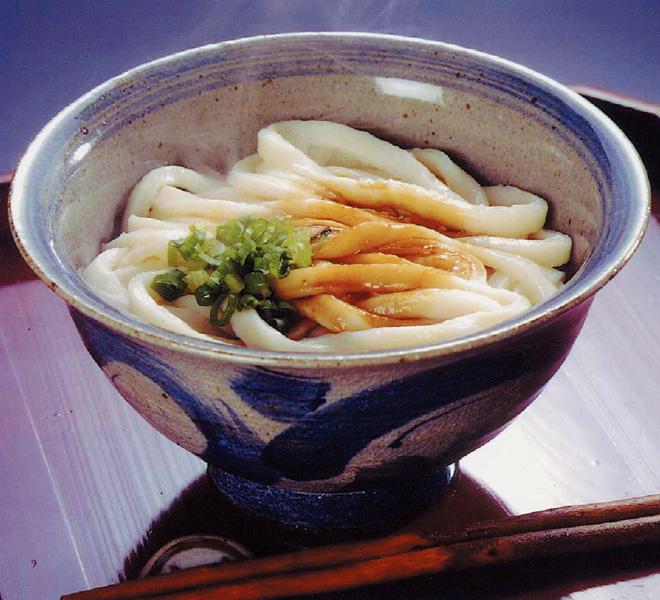
Noodles
Be careful, you may get hooked-on these fat noodles served in thick, dark brown soup.
-
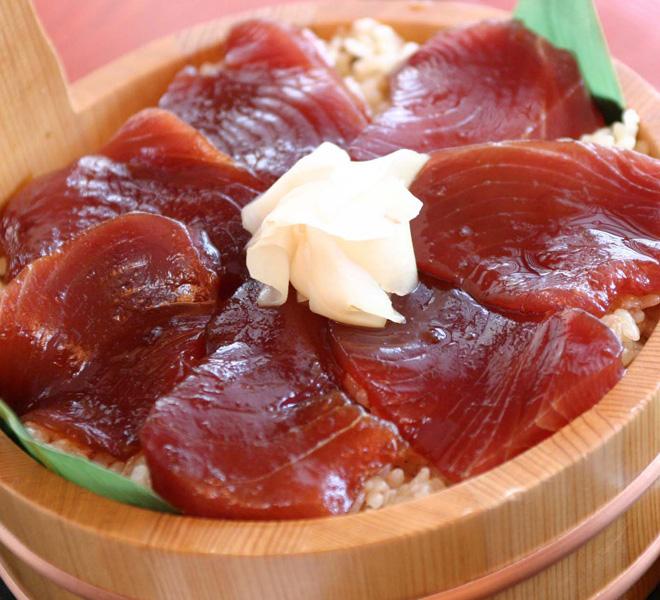
Tekone-zushi
Bonito that has been thoroughly soaked in secret soy sauce marinades is roughly arranged on vinegar infused rice.
-
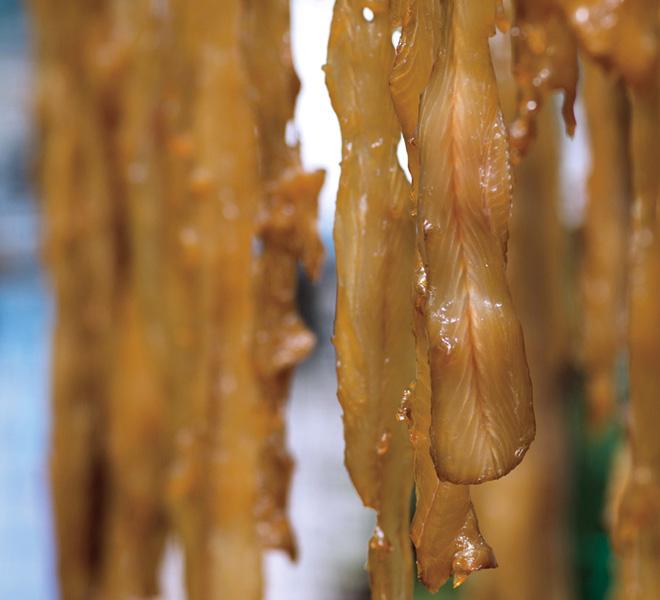
Samenotare Dried and seasoned shark
In Ise, shark is served with two different flavors, salt and sweet sake (mirin). Often served as a side dish, samenotare goes well drinks or served on top of rice.
-
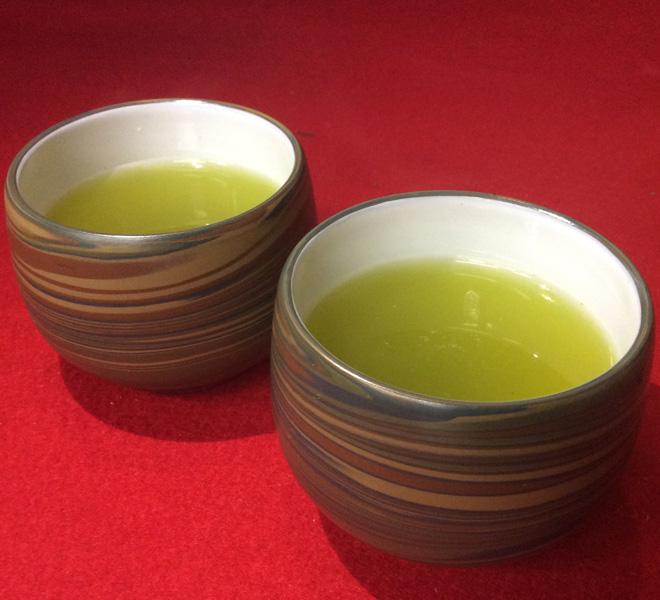
Ise tea
Ise tea is a traditional green tea from over 1,000 years ago. Various kinds of tea are produced, including fukamushi-cha (deep-steamed tea), sencha green tea and kabuse-cha (covered tea).
-
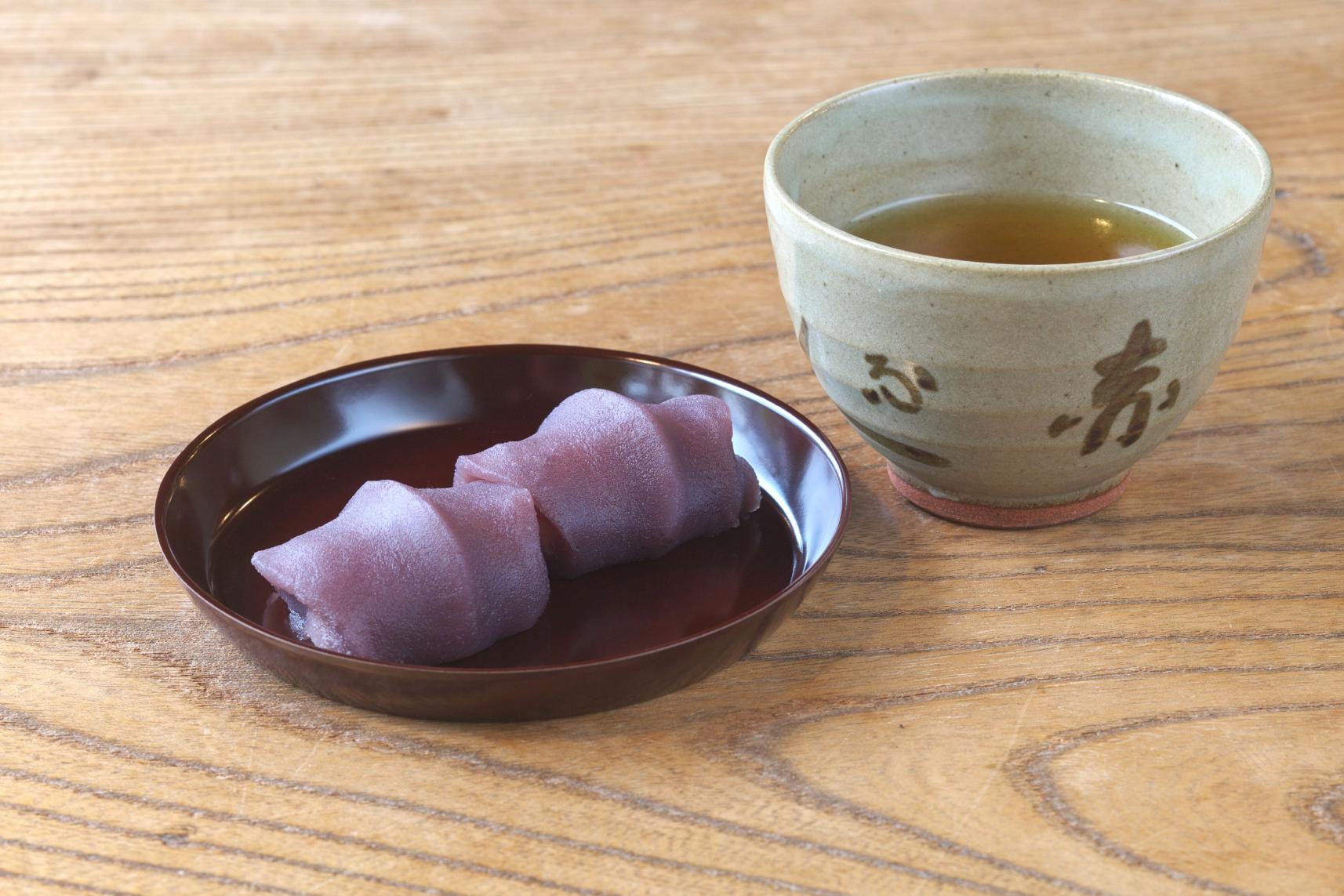
Akafuku mochi
Mimicking the flow of the Isuzu River, since feudal times, this rice-cake confection has been a favorite of pilgrims.
-
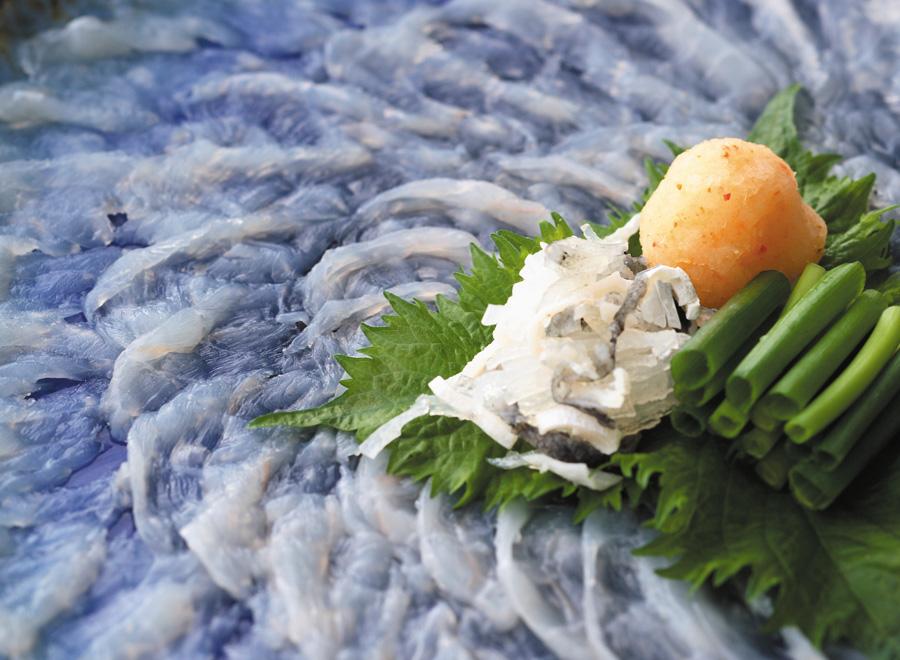
Tiger blowfish
The Anori appellation is restricted to unfarmed tiger blowfish, weighing 700 grams or more, that are caught off the Enshu or Kumano coast, including Ise Bay. The taste is light and sweet. The more you chew, the more the flavor develops.
-
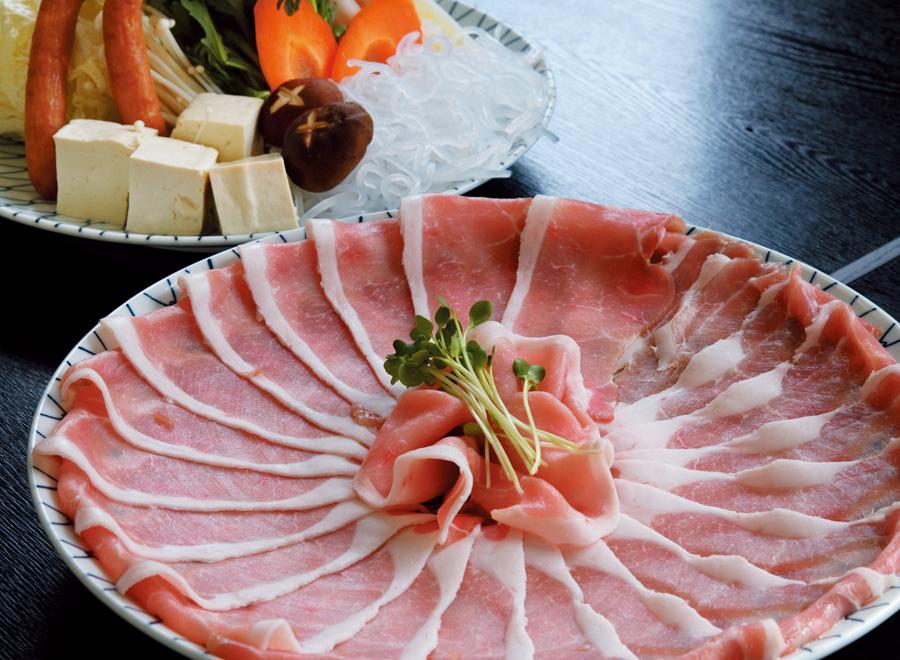
Tamaki pork
Tamaki pork is the result of breeding methods based on studies that have focused on the traits of various breeds in order to satisfy consumer needs and to produce outstanding quality, taste, tenderness, and aroma.
-
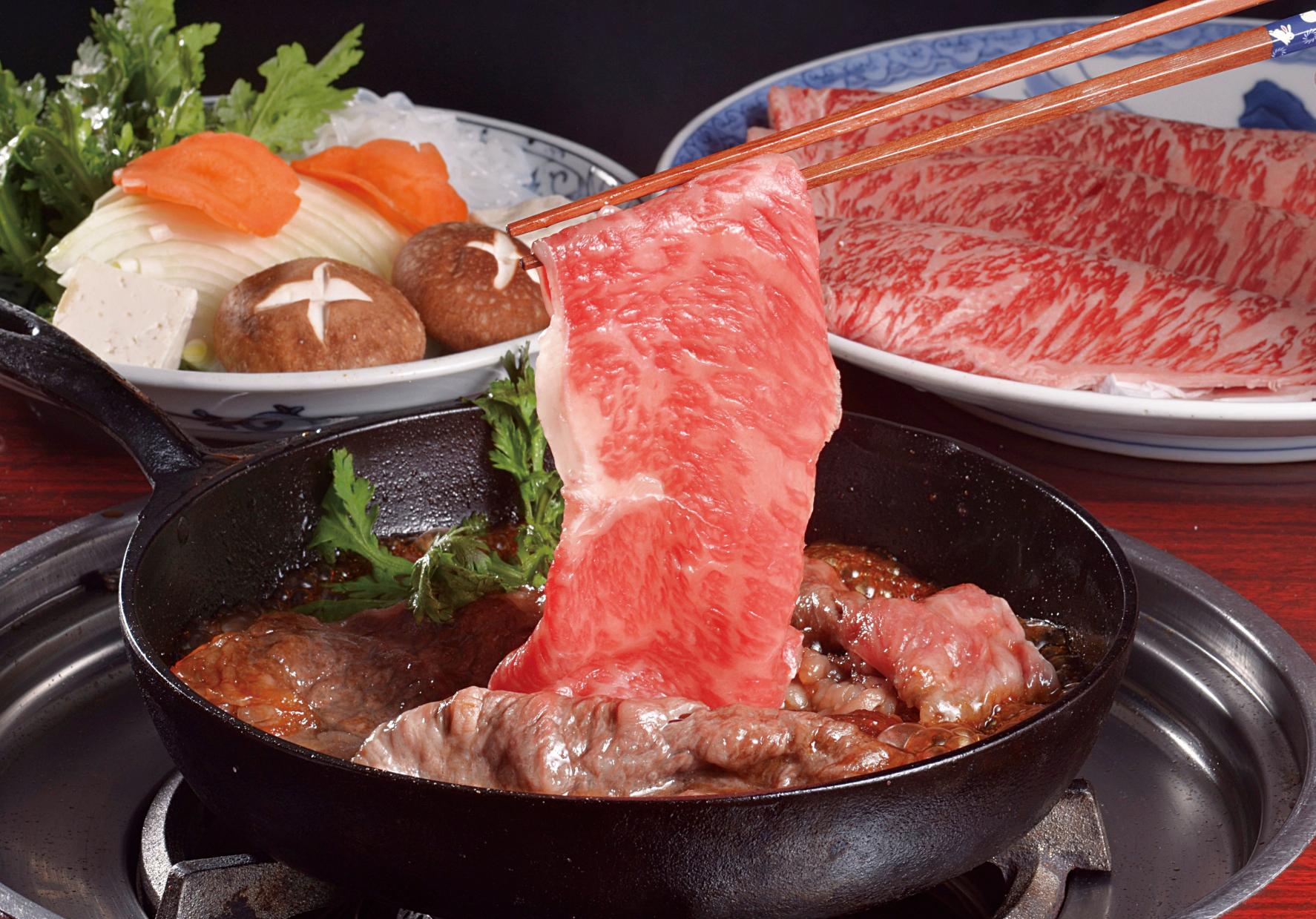
Matsusaka Beef
About more Information for Matsusaka BeefMatsusaka Beef is one of the most luxury wagyu brand in Japan. Only cow can be a Matsusaka beef. The beef has very soft texture and nice marble meet. Besides, it will be like a melting in a mouth.
Typical Japanese dishes
-
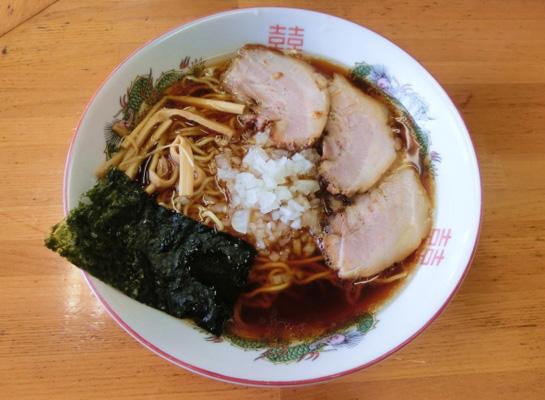
Ramen
Ramen noodles are served in a hot soup, a popular meal that Japanese people enjoy eating quite often. The taste of the soup broths has many varieties such as miso, tonkotsu (pork bone broth), soy sauce, and salt.
-
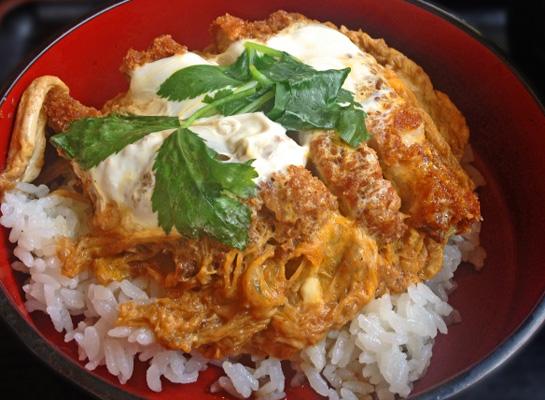
Katsudon
Katsudon is pork cutlet rice bowl where the thick-sliced pork is deep-fried and simmered with a salty-sweet tsuyu (sauce) and egg on a bowl of hot rice.
-
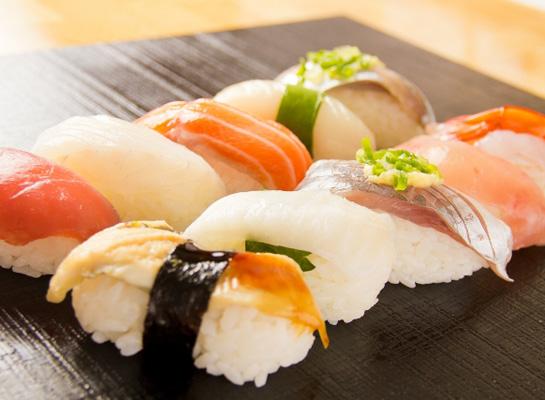
Sushi
Sliced seafood fresh from the sea, other ingredients, and seasonings served on top of sumeshi (vinegared rice). Dip it in a little bit of soy sauce when you eat it.
-
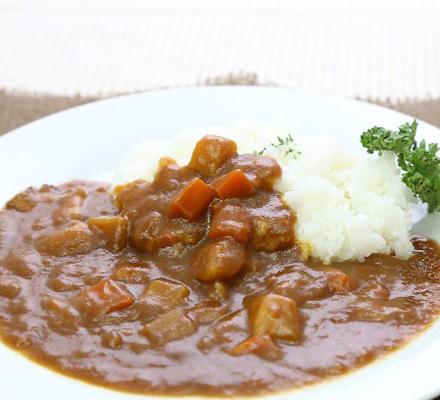
Curry rice
Curry rice is a curry sauce served on top of hot rice. The curry sauce is made by simmering vegetables and meat with condiments so that tastes of ingredients are condensed within the sauce.
-
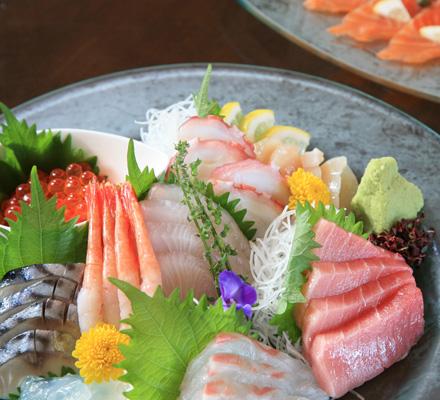
Sashimi
Fresh raw fish or shellfish sliced in small pieces. Dip it in soy sauce, wasabi, or add ginger when you eat it.
-
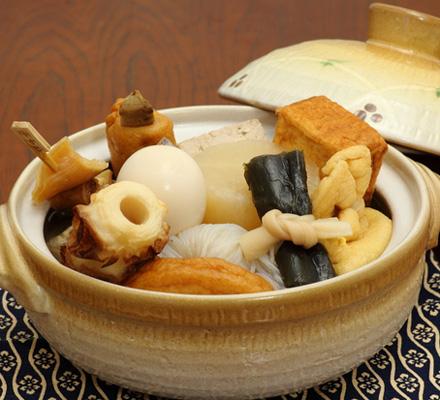
Oden
In oden, ingredients such as daikon (Japanese radish), chikuwa (fish sausage), boiled eggs, konnyaku (jelly‐like food made from the starch of devil's tongue) are boiled in soy-flavored dashi (broth).
-
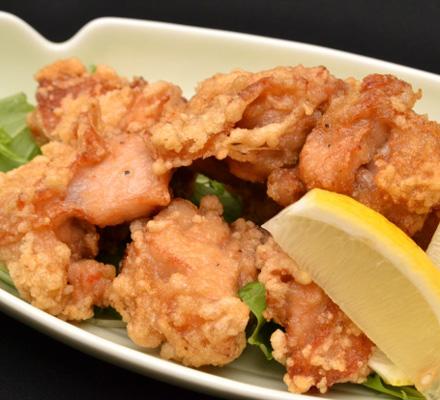
Karaage
Japanese fried chicken with the reputation for being seductive. It is made of bite-sized chunks of chicken, marinated with garlic and/or ginger, and deep-fried in oil.
-
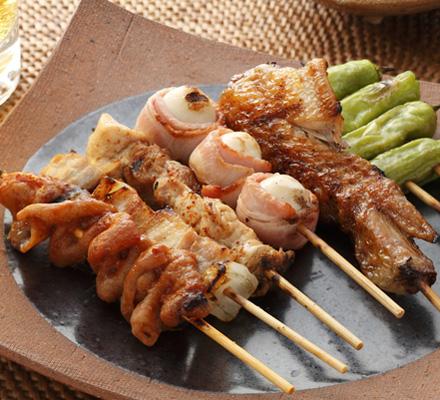
Yakitori
Various portions of chicken cut into bite-sized chunks, skewered and roasted above a charcoal flame. The skewer is then salted or basted with a soy-sauce based mixture (called “tare”) to serve.
-
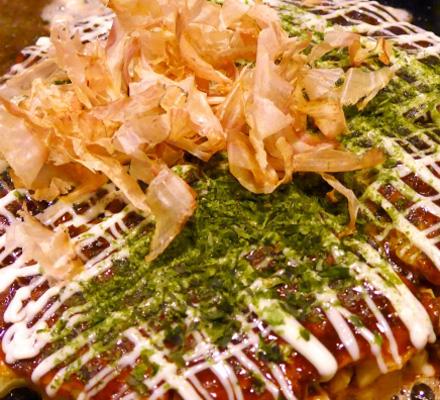
Okonomiyaki
Okonomiyaki is a Japanese savory pancake made of ingredients including cabbage and sliced pork inside a batter made from flour and water, and grilled on a flat iron plate. It is normally served with sauce spread on top.
-
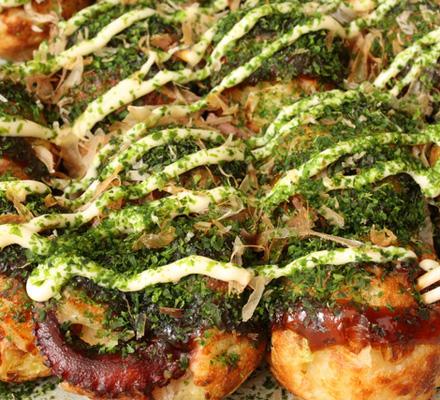
Takoyaki
Takoyaki (octopus balls) is a dish made by mixing pieces of chopped octopus and cabbage inside a batter made from flour, and grilled a in takoyaki pan (specially-made griddle made of cast iron with half-spherical molds) to shape them round by turning them over with a pick while grilling. Takoyaki is served with sauce and topped with katsuobushi (dried bonito).
-
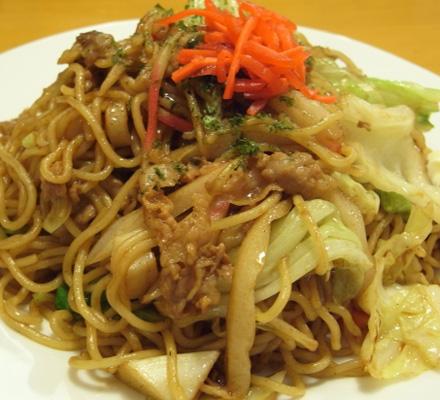
Yakisoba
Japanese stir fried noodles, made by stir frying noodles with sliced meat, and served with vegetables such as cabbage and bean sprouts, or with seafood. It is flavored with yakisoba sauce.
-
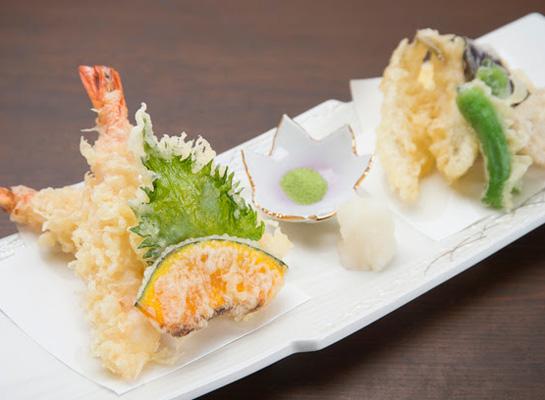
Tempura
Tempura is a traditional Japanese food of vegetables and seafood covered by koromo (batter made from flour, egg, and cold water) and deep-fried in oil. After deep-frying, koromo becomes crispy. You can eat it with salt or tentsuyu (special tempura sauce based in a mix of dashi (broth) and soy sauce, and eaten with grated daikon (Japanese radish)).
-
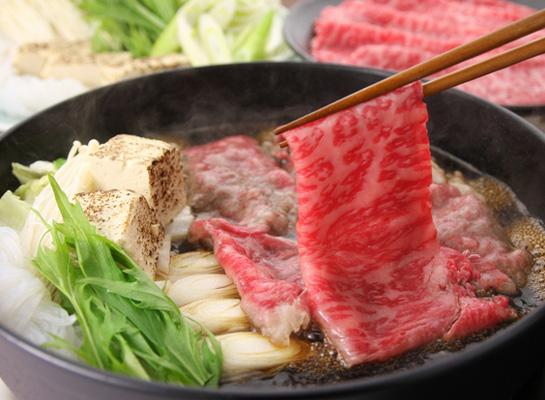
Sukiyaki
Sukiyaki is a traditional Japanese cuisine cooked in a cast-iron pot. Ingredients such as thinly-sliced beef and vegetables are put in the cast-iron pot and braised in a soup made of soy sauce and sugar.
-
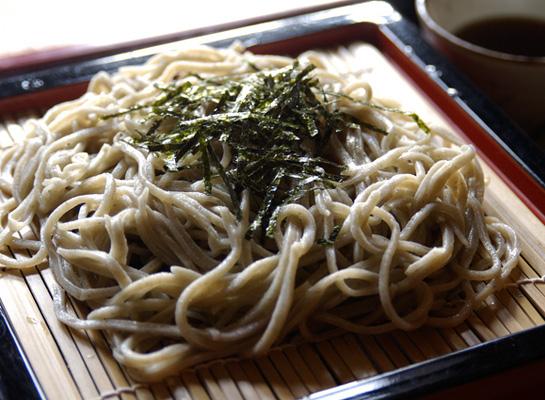
Soba
Soba noodles are made with processed buckwheat flour and are served with tsuyu (soup with soy sauce flavored with dashi (broth)). Soba is served with both cold and hot versions of the dish.
-
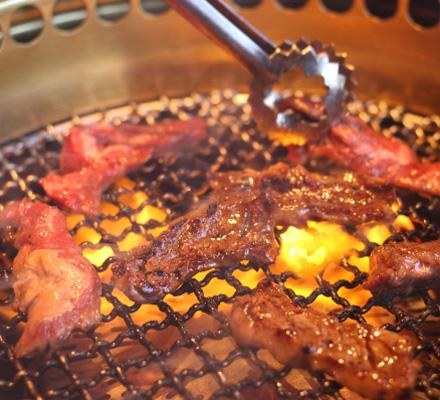
Yakiniku
Yakiniku is Japanese BBQ where bite-sized meat such as beef and pork and internal organs are marinated, grilled on an open fire, and then served with a dipping sauce called "tare". When eating yakiniku, people cook meat throughout the meal by placing few slices of meat or internal organs on a grill rack over charcoal and BBQ both side, and eat it with dipping sauce.
-
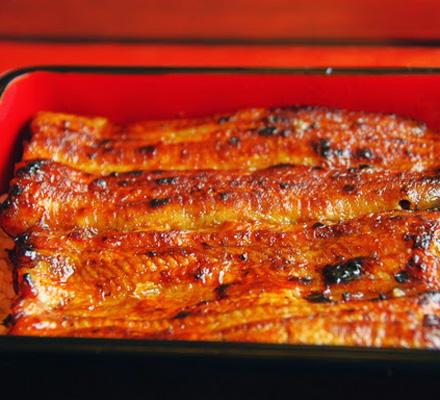
Unagi
Unagi is the spitchcock of eel with an exquisite and fragrant flavor. Filleted with the head and bones removed, the meat is skewered and grilled with a sweet and salty sauce, and served on hot rice.
-
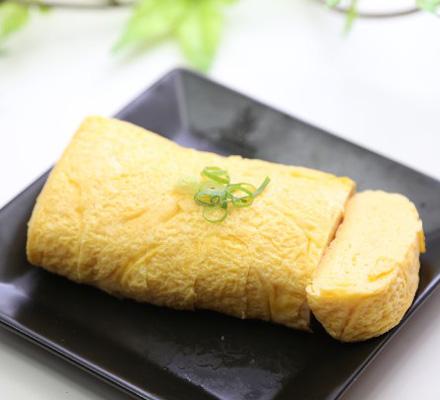
Tamagoyaki
Tamagoyaki is typical of Japanese home cooking, made by mixing the dashi (broth) and eggs together and baking them carefully. Usually, sugar is added in when mixing the dashi and eggs. Therefore, you can enjoy not only its soft textures but also its sweetness.
-
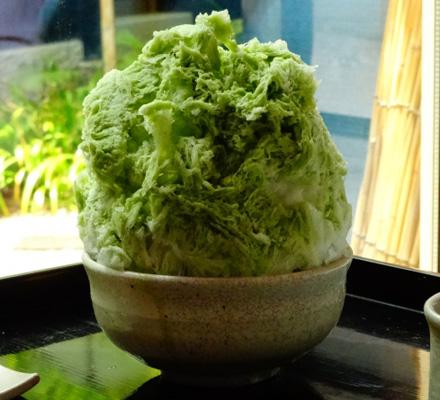
Kakigori
Kakigori is a Japanese dessert. It is smoothly-shaved fluffy ice flavored with syrup and a sweetener, often times served with condensed milk. It is one of the more prominent desserts during summer in Japan.
-

Sake
Sake is an alcohol drink made from fermented rice. This Japanese rice wine goes perfectly well with Japanese cuisine and is enjoyed hot or cold.
-
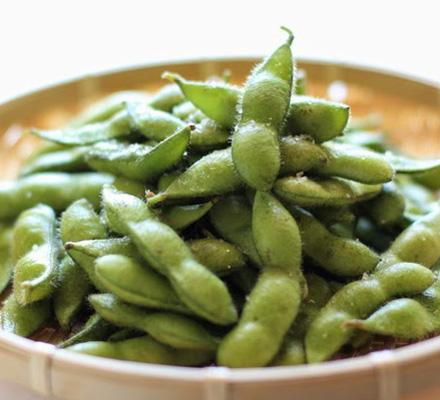
Edamame
Edamame is made from immature soybeans which are still green and boiled in hot water and salt. It is a popular side dish to be served with beer.
-
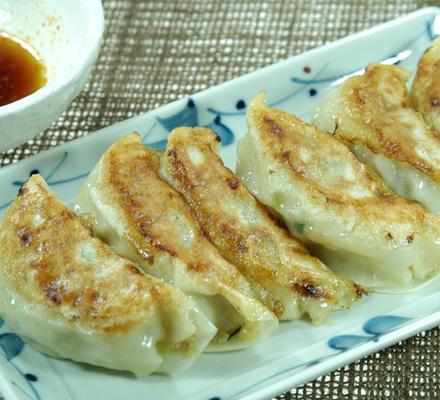
Gyouza
Gyouza is a dumpling filled with ground pork and vegetables like nira chives and cabbage, and wrapped in a thin dough and grilled in a cast-iron pan. Typically, it is served with a dipping sauce made from soy sauce and vinegar. Sometimes you can add a bit of chili oil. The taste of Gyouza goes well paired with beer.
-
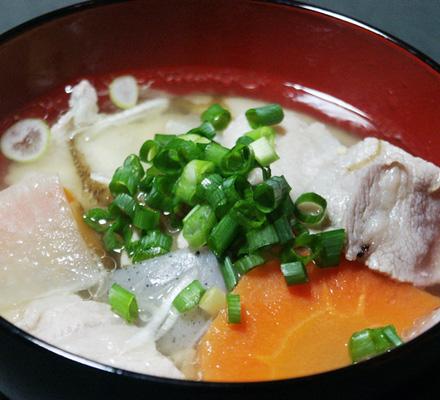
Miso soup
Miso soup is a traditional Japanese soup dish made with ingredients like vegetables, fish, or seaweed, flavored with dashi (broth), and seasoned with miso (fermented soy bean) paste. It is a soup dish which represents Japan.


